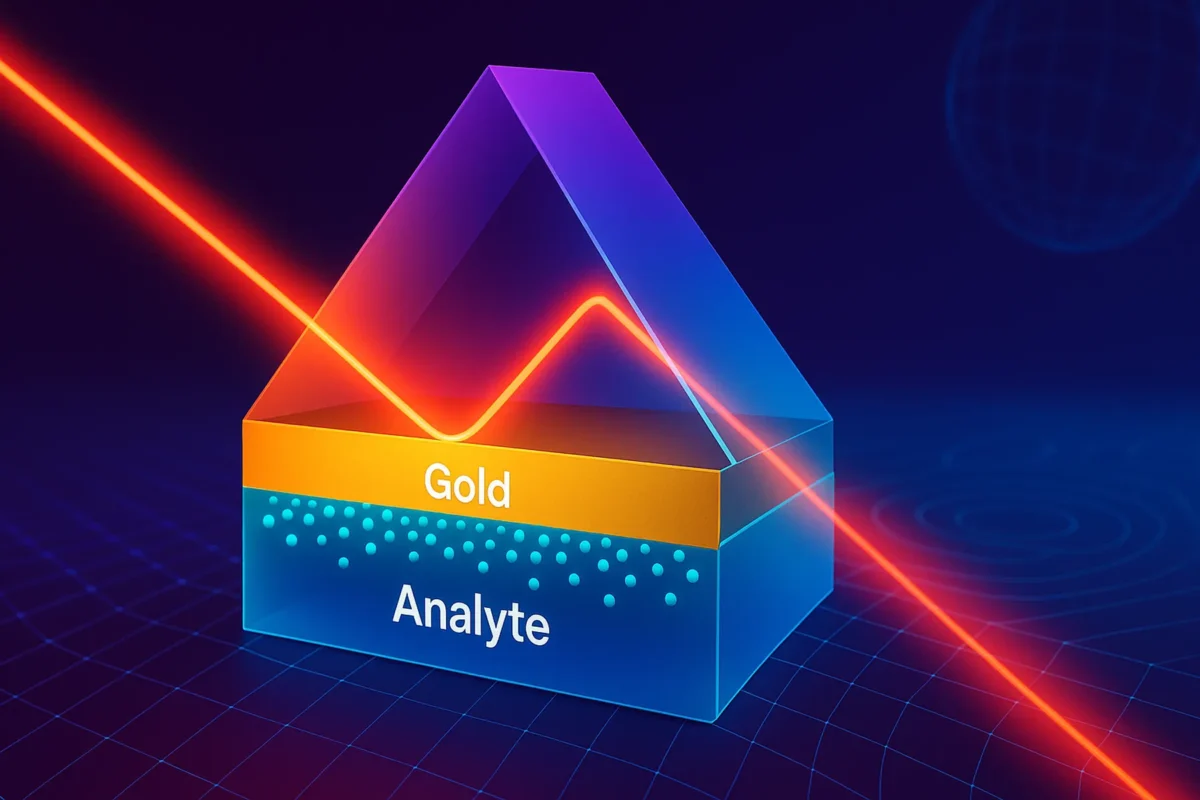Introduction The integration of artificial intelligence (AI) into physics and engineering is catalyzing a shift that is both conceptual and practical. This confluence is not simply about automating data analysis or accelerating simulations—it signifies a transformation in how scientific problems are framed, explored, and solved. AI is emerging as a collaborator in scientific reasoning, enabling […]










